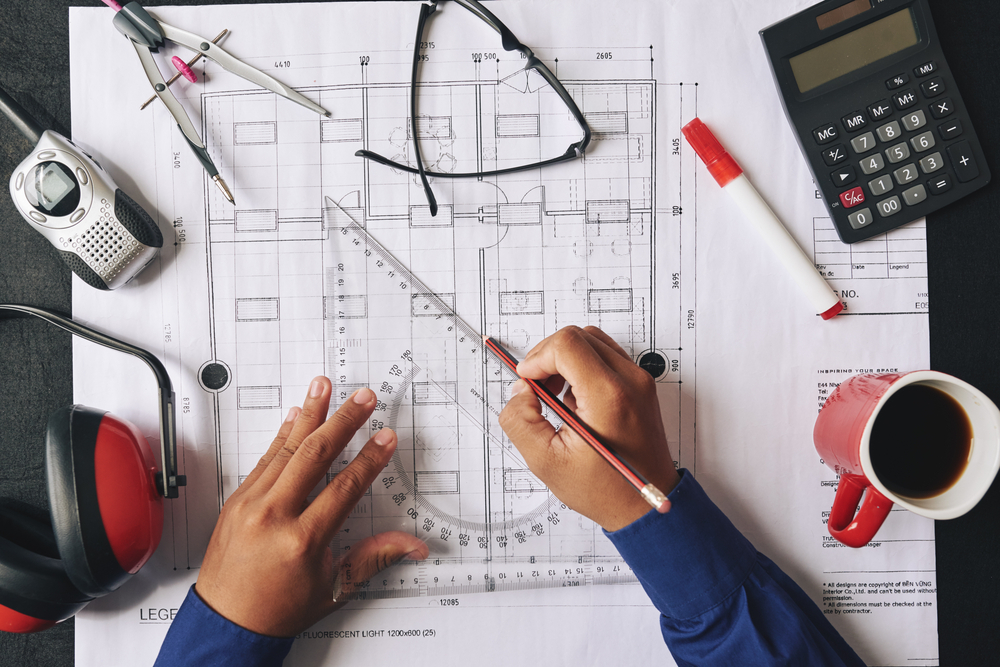
Have you ever wondered how towering skyscrapers in Sydney stay stable, even when buffeted by strong winds? Or perhaps you’ve thought about the hidden science that allows bridges to carry thousands of cars every day without failing. Structural engineering often feels like a form of magic—yet behind the scenes, it is a methodical field packed with both traditional wisdom and cutting-edge innovation. Whether you’re a seasoned engineer or simply curious about how buildings stand tall, understanding the structural analysis of a building can open your eyes to a whole new world of design possibilities.
Core Concepts in Structural Analysis
What Is Structural Analysis of a Building?
Structural analysis of a building is the process of evaluating how forces like gravity, wind, and seismic activity affect a structure’s stability. At its core, this involves applying physics, maths, and engineering principles to gauge how each component—from beams to foundations—works together. This step is essential to ensure the building can withstand loads without deforming or collapsing.
Many people think of structural analysis as purely theoretical, but it also has practical applications on-site. Engineers often create digital models to test a building’s response to stress, then refine the design to fix weak spots. The result is a safer, more efficient structure. Without this analysis, a building is little more than a guesswork arrangement of beams and columns.
Fundamental Principles and Methods
Several core principles inform every aspect of structural analysis, such as equilibrium, compatibility, and material behaviour. Equilibrium looks at how all the forces and moments need to balance. Compatibility focuses on how each structural element fits together, making sure no part of the building is overstressed. Material behaviour takes different properties of steel, concrete, or timber into account.
The methods used range from classic hand calculations to automated software tools. Traditional methods include the moment distribution method and slope-deflection equations. On top of that, numerical techniques like the finite element method offer detailed insights into complex behaviours. Each method adds a piece to the puzzle, helping engineers confirm a design’s reliability.
How Does Good Structural Design Enhance Safety and Efficiency?
Engineers often say that safety is paramount in structural design. But good structural design is not just about preventing failures—it’s also about boosting efficiency. When structural members are sized correctly, you avoid material waste and lower project costs. With careful design, you can accommodate changing loads and environmental conditions without going overboard on materials.
Furthermore, good structural design can prolong a building’s life by reducing maintenance requirements. This is especially vital when you’re building in places like Australia, where extreme weather events demand resilient solutions. Overall, the structural analysis of buildings plays a pivotal role in both protecting public safety and maintaining long-term viability.
Exploring Different Structural Analysis Methods
Traditional vs. Modern Techniques
The evolution of structural analysis methods reflects how engineering has advanced over time. Traditional techniques rely heavily on manual calculations, drawing on well-tested formulas and design tables. These have been the bedrock of structural analysis for decades and remain valuable for straightforward projects.
Modern methods, however, take advantage of computer simulations that can handle complex geometry and multiple load cases simultaneously. Parametric design and 3D modelling let you make quick adjustments and see instant feedback on structure behaviour. This is a game-changer for large-scale ventures and is especially beneficial for innovative structural design. Still, many engineers combine both approaches to achieve a balance of reliability and efficiency.

Comparison of Analytical and Numerical Approaches
Analytical methods use formulas and theories derived from structural mechanics. They are great for simpler models or for cross-checking advanced software results. These approaches often provide a clear understanding of t he relationships between loads and structural responses. However, they may struggle with irregular shapes or complex load paths.
Numerical approaches—like the finite element method—divide the structure into small elements and simulate how each one reacts to loads. This leads to more accurate predictions for complicated layouts. It also opens the door for design exploration, enabling multiple “what if” scenarios. Nevertheless, user experience with these tools is vital, as incorrect assumptions or modelling errors can distort the results.
How Do Structural Analysis Methods Vary for Different Projects?
Not every project calls for the same level of depth. A small residential construction might only need a straightforward approach involving basic hand calculations and standard codes. Conversely, large infrastructure works—like tall commercial towers or long-span bridges—often require sophisticated numerical models. In these cases, advanced structural engineering methods help predict behaviour under extreme loads like cyclones or earthquakes.
Location also matters. For instance, a coastal site in Australia faces different wind and corrosion challenges than an inland region. This geographic difference can influence which analysis method is most appropriate. By tailoring the approach to a project’s specific needs, engineers can create structures that are both safe and cost-effective.
Future Trends and Opportunities
Latest Research Topics in Structural Engineering to Watch
Hybrid structures and multi-material designs are on the rise, as they allow for strong yet lightweight solutions. Research into self-healing concrete is also gaining momentum, hoping to reduce maintenance costs and extend a structure’s service life. Meanwhile, advanced computational methods like topology optimisation are helping engineers prune out unnecessary material, leading to more refined shapes.
Other hot topics include automated construction, such as the use of robotic arms and drones to assemble structural elements. There’s also increasing interest in how artificial intelligence could improve the efficiency of structural analysis by sifting through vast data sets and identifying design patterns. All of these threads point to a future where buildings become smarter, greener, and more cost-effective.
Potential Innovations in Structural Analysis Methods
We’re likely to see further refinements of finite element and finite difference methods, making them faster and more accurate. There’s also talk of integrated design platforms that automatically update engineering and architectural models as changes occur, eliminating miscommunication between team members.
Plus, immersive virtual reality (VR) and augmented reality (AR) tools might let engineers virtually “walk through” their models. This could spot design flaws earlier, saving project timelines and big chunks of budget. As these methods evolve, structural analysis will be less a chore and more an intuitive exploration of building forms.
How Can Professionals Stay Updated with New Research Topics?
- Regularly read structural engineering journals, especially those focusing on advances in structural engineering.
- Attend conferences and webinars that show off the latest tools, methods, and case studies.
- Engage in professional organisations or local engineering associations that host networking events.
- Follow educational channels on LinkedIn, Twitter, or other social media, where industry experts often share bite-sized insights.
- Consider enrolling in short courses to learn about emerging codes, materials, or technologies first-hand.
Keeping yourself in the loop means you can innovate quicker and contribute more effectively to the industry. As structural engineering continues evolving, professionals who stay informed will find themselves at the forefront of their field.
Conclusion
Have you ever paused to admire a building’s silhouette against the sky, or a bridge stretching gracefully over water? These feats of engineering happen because of comprehensive structural analysis methods, a willingness to explore new technologies, and a drive for ongoing research. From conceptual design to final execution, advanced structural engineering underpins safety, durability, and creativity in our built environment.